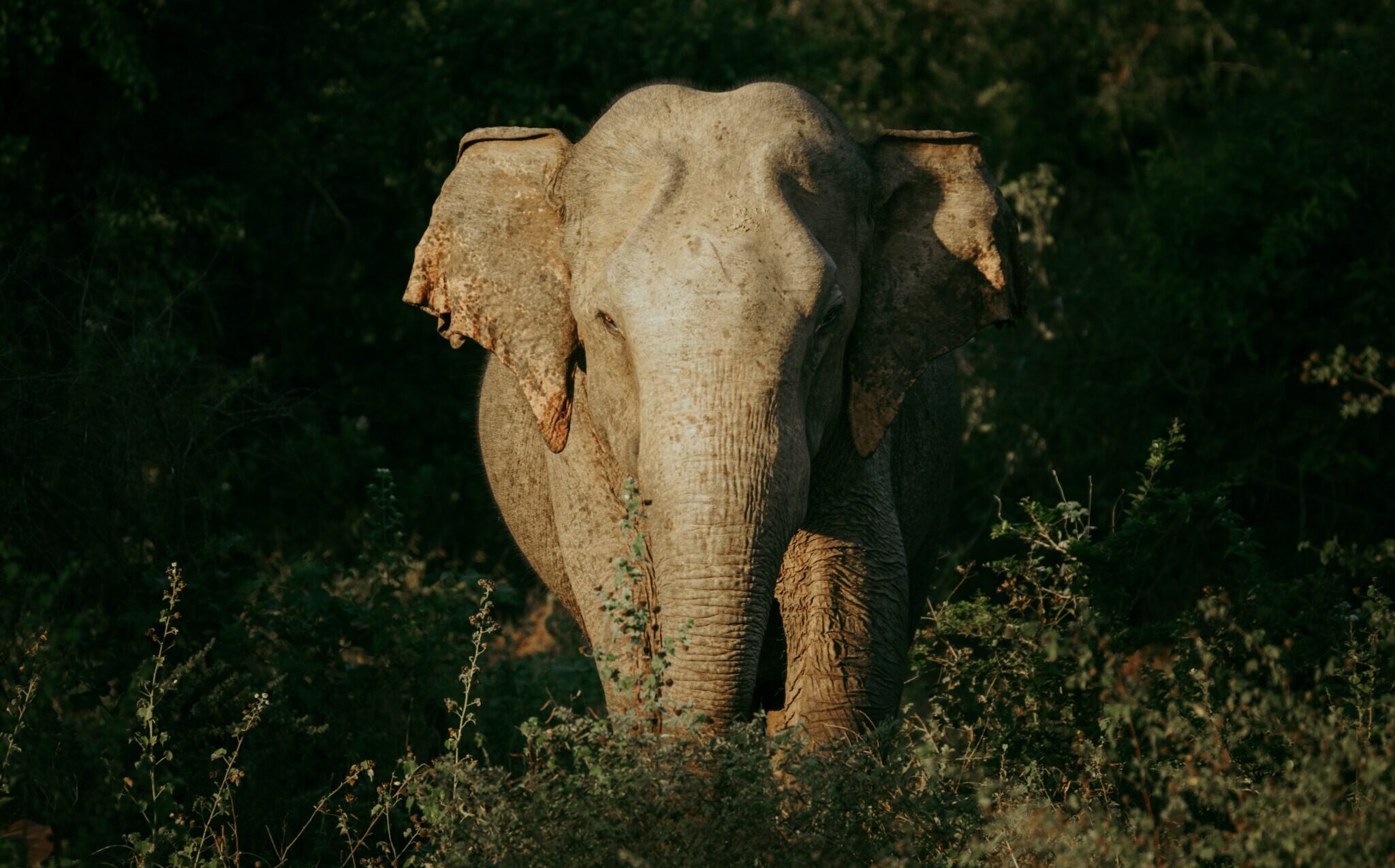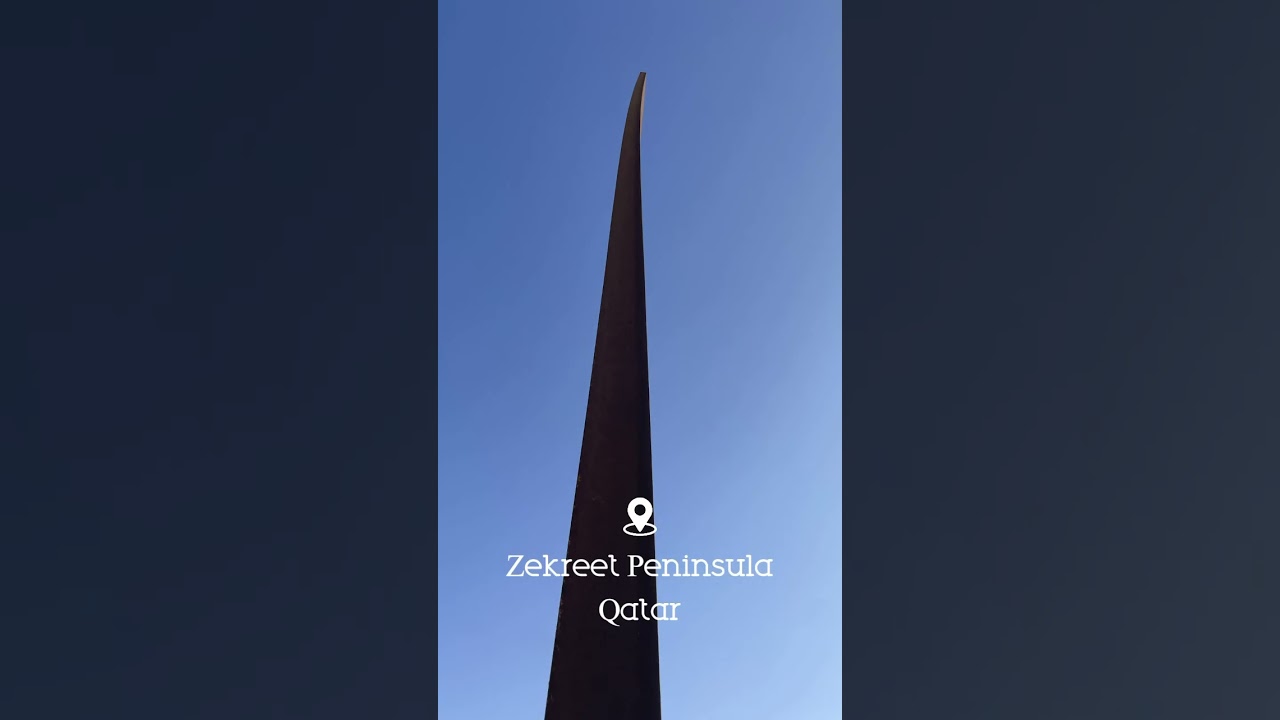SRI LANKA
Africa is not the only place with a “big five” game to spot. An alternative big five has emerged in Sri Lanka, which also takes safarists offshore, consisting of the leopard, the sloth bear, the blue whale, the sperm whale, and the African bush elephant’s smaller relative, the Asian elephant.
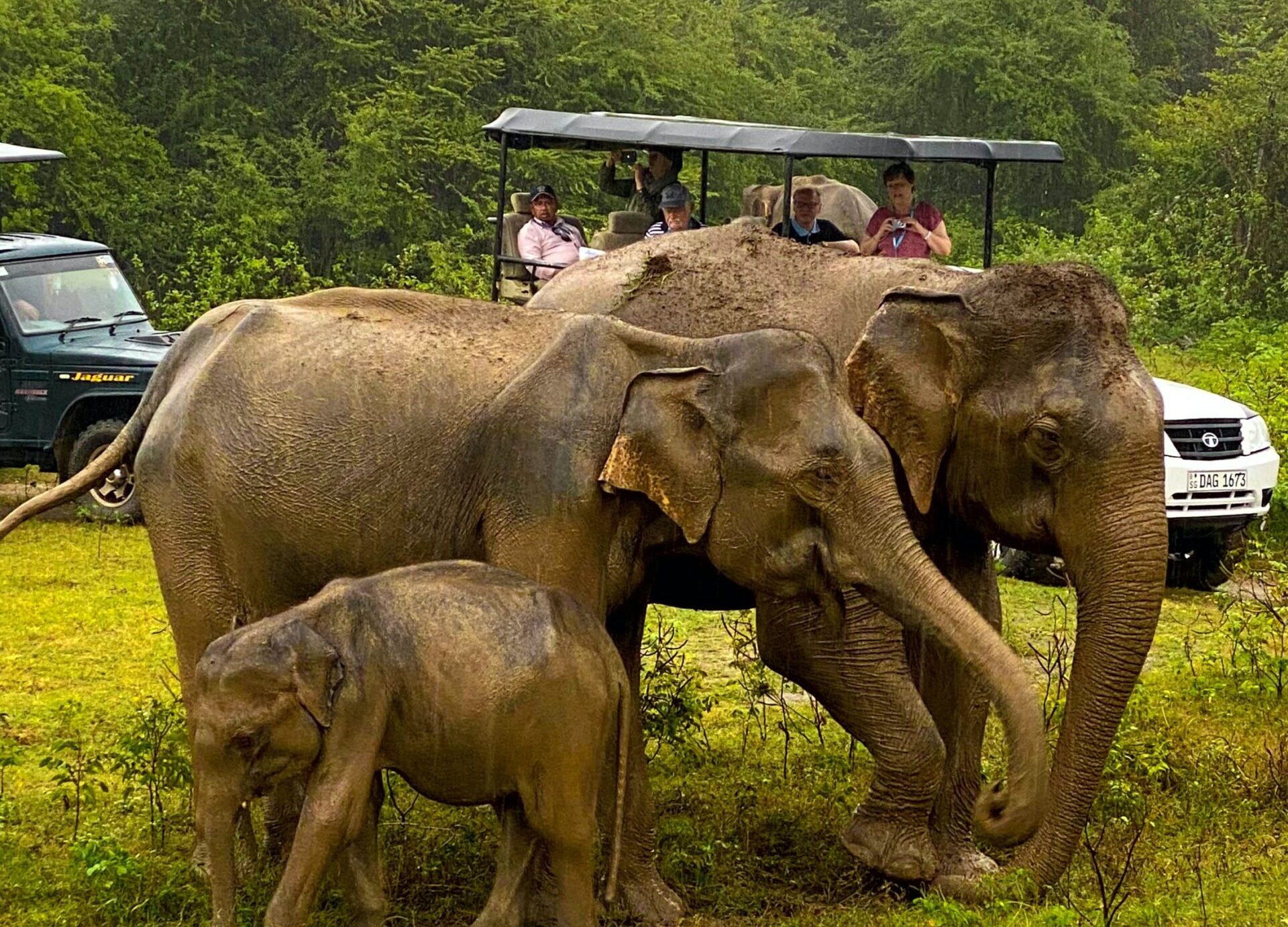
Minneriya National Park and Yala National Park are two of the most popular Sri Lankan destinations for safarists to spot game. Elephants take part in “the gathering” at Minneriya each year in August and September. Up to 300 elephants can be seen gathering by the Park’s lakes during the season, offering safarists an excellent chance to spot one. You certainly won’t miss a leopard in Yala, which is home to the highest density of this in the slender cat in the wild. Lucky visitors to Yala can also be privy to a sloth bear.
Spotting the other two members of Sri Lanka’s big five will require a return later in the season, when whales which frequent the country’s coast are in migration. An extraordinary number of blue and sperm whales can be spotted off the coast of Dondra Head, the southernmost tip of Sri Lanka, from January to April. There is a wide variety of tour boat operators available for charter to round out your big five.
SINGAPORE
The city-state of Singapore, one of the densest destinations in the world, does not typically spring to mind alongside the savannas of Africa. However, this island is home to the Night Safari, Singapore, the world’s first-ever nocturnal zoo. The Night Safari forms part of the Mandai Wildlife Reserve, which occupies almost 100 acres of rainforest in the Upper Seletar Reservoir. It currently houses almost 1,000 animals, representing more than 100 species, and attracts around 1.3 million visitors per year.
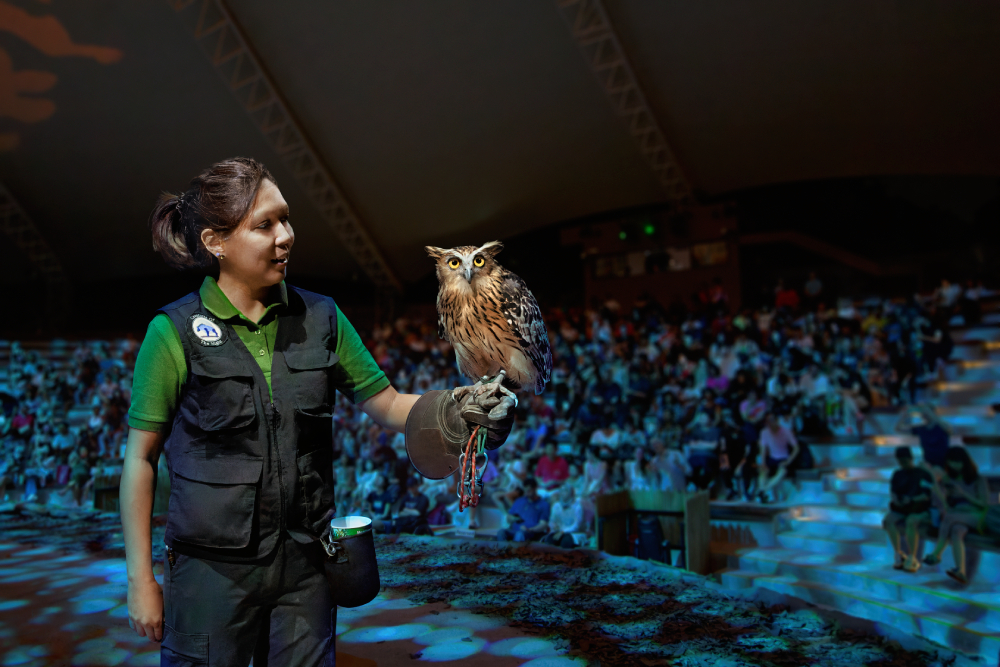
This outdoor zoo, which is only open between 7pm and midnight, is divided into six geographic zones, all of which are illuminated by lighting that resembles moonlight. Visitors can also dine before (or after) their safari at Ulu Ulu Safari Restaurant, which is reminiscent of the old “kampongs” found across the island.
Visitors can explore the Park on foot or in the Night Safari’s tram to the five different trails – the fishing cat trail, which includes the oriental small-clawed otter and the barasingha; the leopard trail, which contains the common palm civet and the Persian lion; the east lodge trail, which holds aardvarks and bongos; the Tasmanian Devil trail, which houses giant forest scorpions and beauty rat snakes; and ‘Creatures of the Show’, which displays binturongs and Bornean bearded pigs.
NEPAL
Nepal is another country which conjures up imagery not traditionally associated with safari. While most of Nepal is situated in the Himalayas, the lowland region in the south is characterised by forests, tall grasslands, scrub savanna, and clay rich swamps, perfect for a safari.
The jewel in the crown of Nepal’s Terai is the, a World Heritage Site, and home to a tiger reserve. Popular with visitors are walking safaris and four-wheel drive safaris, to view the Park’s Bengals, leopards, and Indian rhinoceros. The Park also boasts a vibrant bird population, with more than 500 recorded species, making it a paradise for “twitchers”. More “intrepid” souls can enjoy a canoe ride, which is a fantastic way to observe the Park’s aquatic life, which include waterbirds, river dolphins, and eek – crocodiles. Chitwan also houses an elephant breeding centre, where visitors can learn about the species’ conservation efforts, and even take a peek at a baby elephant.
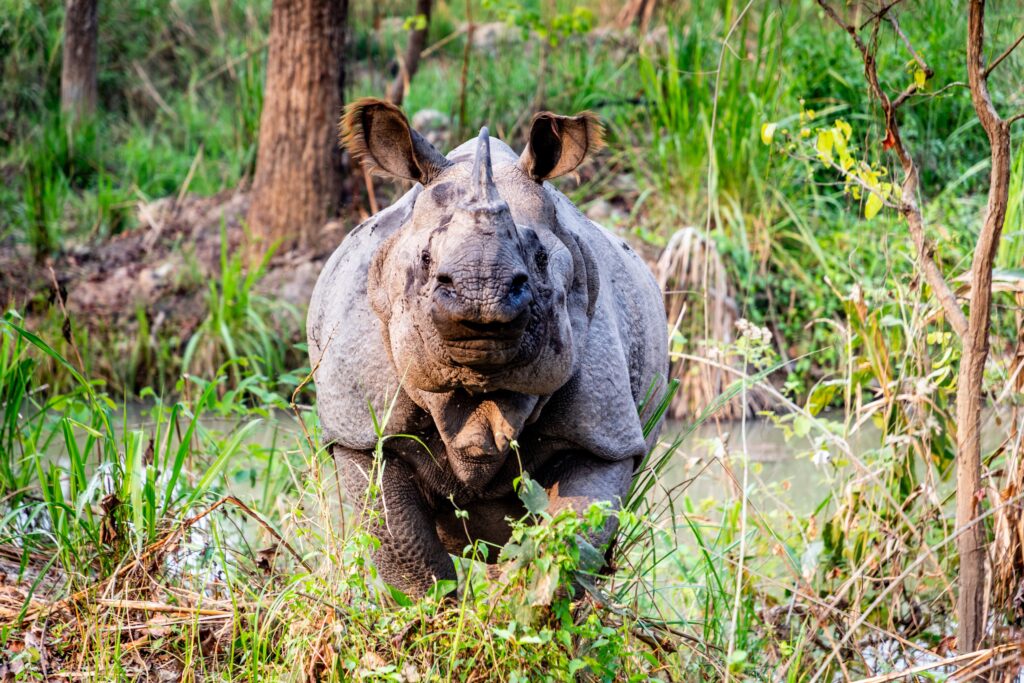
Not far from Chitwan is Baridya National Park, popular among safarists for being the largest and most undisturbed preserve in the Terai. One of the highlights of Bardiya is its rhinoceros population, which is beginning to rebound after a number of lean years. The Park’s increased anti-poacher security measures has seen the rhinoceros’ population rebound to 29 from a low of 22 15 years ago. Elephants are also popular in the Park, with recent population counts revealing well over 100 individuals, up from just two in the 1980s, when Bardiya was established, with the goal of allowing travellers to Asia to enjoy as unique a safari as you’d find in Africa.


